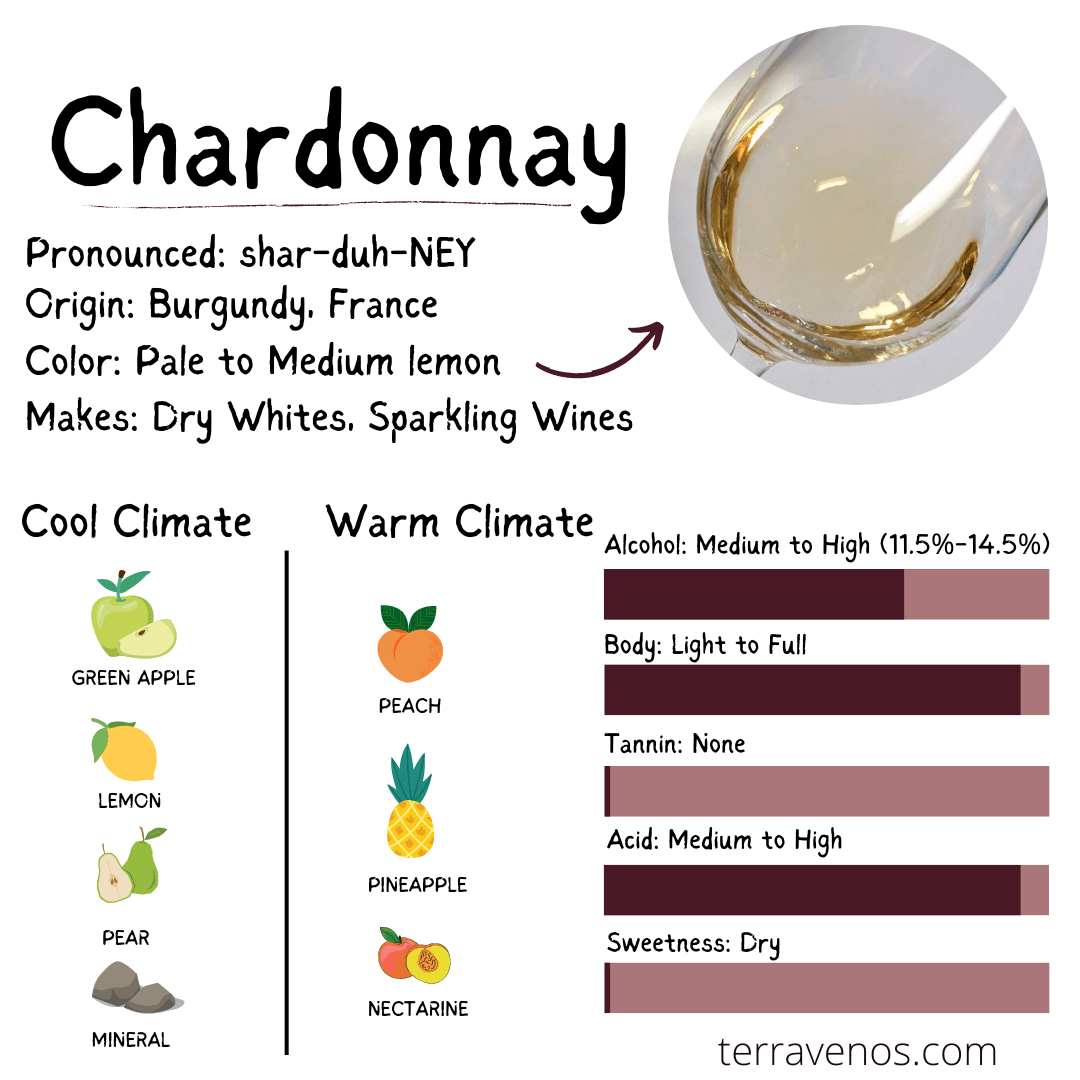
Pronunciation: shar-duh-NEY
Chardonnay, a white wine varietal, thrives in various regions, including both cool and warm climates. This comprehensive guide introduces you to the world of Chardonnay.
- What Kind of Wine Is Chardonnay?
- Where Does Chardonnay Wine Come From?
- What Does Chardonnay Smell Like?
- What Does Chardonnay Taste Like?
- How to Serve Chardonnay
- Chardonnay Food Pairing Suggestions
- Chardonnay vs. Other Varietals
- Sustainable Practices in Chardonnay Vineyards
- Notable Chardonnay Producers and Bottles to Try
- Emerging Trends and Innovations
- Final Thoughts – Chardonnay as a Must-Try White Wine Varietal
What Kind of Wine Is Chardonnay?
Chardonnay is a versatile white wine with a range of styles. It can be light to full-bodied with varying levels of acidity, alcohol, and oak influence. Chardonnay from cool climates tends to be crisp, elegant, and mineral-driven, while those from warmer climates tend to be richer, fuller-bodied, and more fruit-forward.
Where Does Chardonnay Wine Come From?
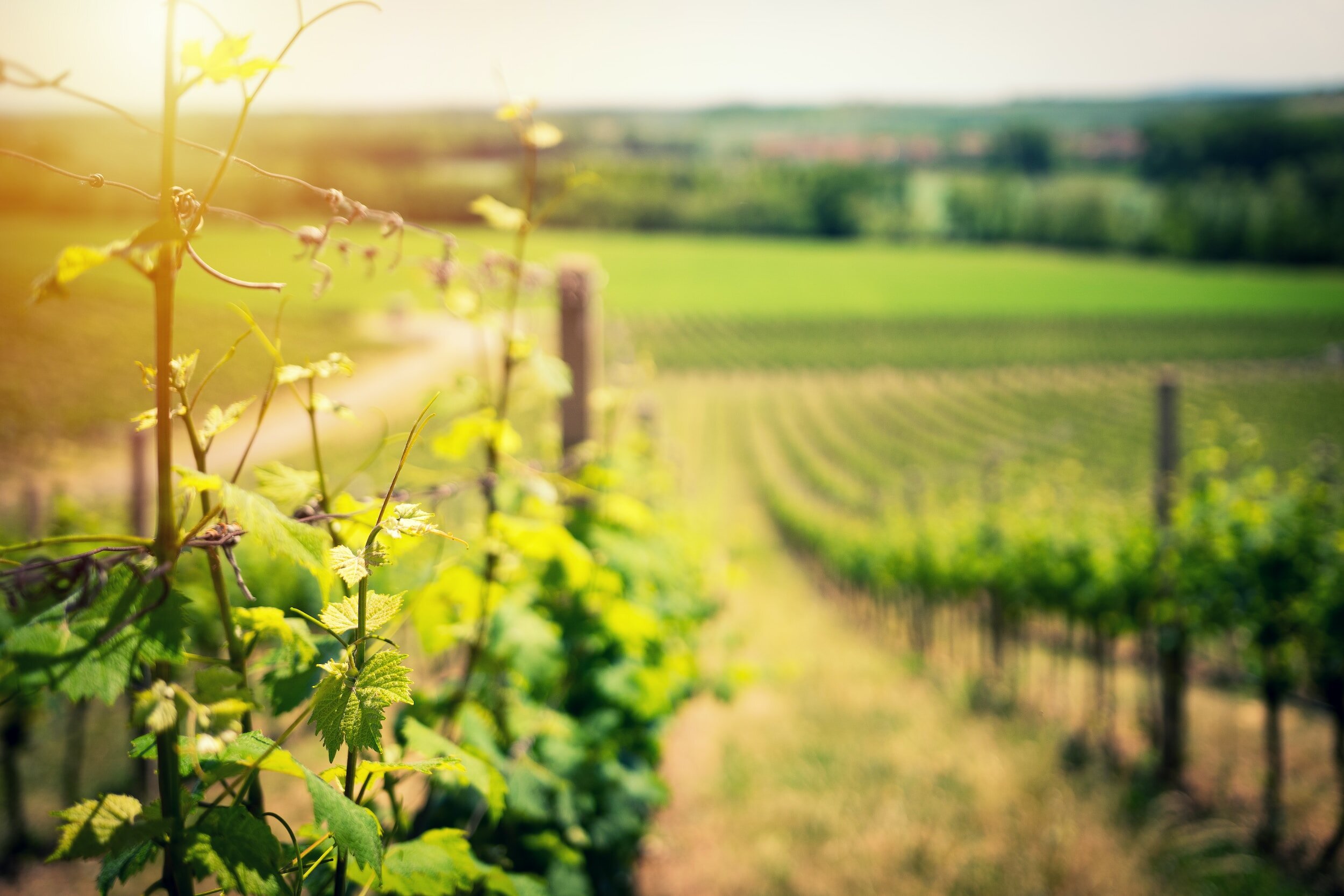
Chardonnay, a grape variety originating from the Burgundy region in France, has gained international recognition and is now grown in numerous wine regions worldwide. It is particularly renowned for its expression in Burgundy, Champagne, and California.
Chardonnay in Burgundy
Here’s a map of Burgundy, the spiritual home of Chardonnay. You can scroll in and out, and you’ll see the hilly mountains to the west. Chardonnay grapevines thrive here.
In Burgundy, Chardonnay is the primary white grape variety and is responsible for producing some of the world’s finest white wines.
The cool climate of Burgundy allows Chardonnay to develop its characteristic crisp acidity, mineral flavors, and subtle fruit notes. Premier Cru and Grand Cru vineyards in Chablis and Côte d’Or are highly regarded for their exceptional Chardonnay wines.
Chardonnay in Champagne

Chardonnay plays a vital role in Champagne production, where it contributes elegance, finesse, and freshness to the renowned sparkling wines. In Champagne, Chardonnay grapes are typically grown in the Côte des Blancs and contribute to the production of Blanc de Blancs Champagnes, known for their delicate flavors and citrusy acidity.
Helpful Tip: Go check out this post for a quick introduction to the world of sparkling wine and Champagne.
Chardonnay in California and Other Warm Climate Regions
In warmer climates such as California, Australia, and parts of South America, Chardonnay exhibits a different character. The ample sunshine and longer ripening periods result in riper fruit flavors, fuller body, and creamier texture. California’s iconic regions like Napa Valley and Sonoma County are known for their luscious, oak-aged Chardonnays, often showcasing tropical fruit, vanilla, and buttery notes.
What Does Chardonnay Smell Like?
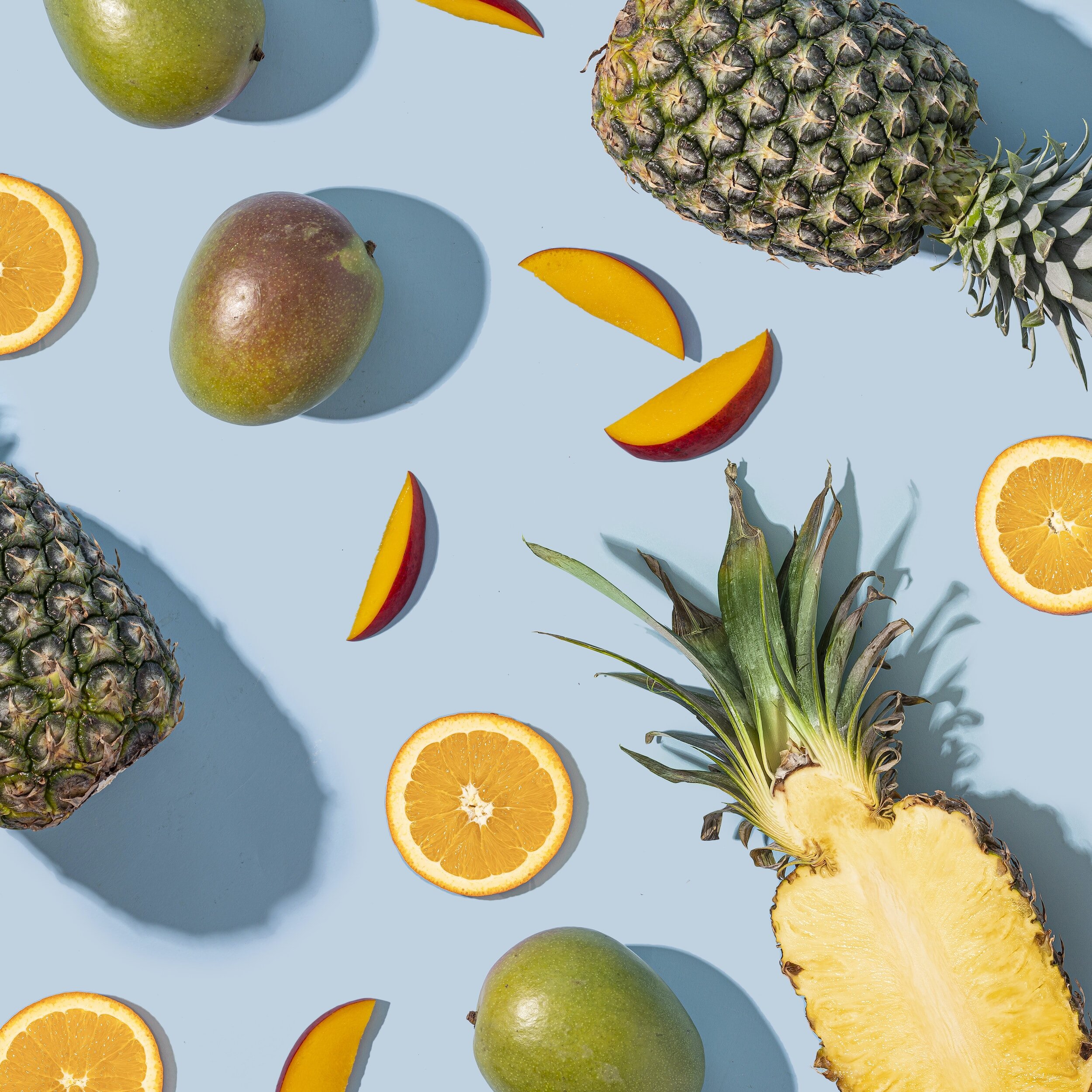
Chardonnay offers a diverse range of aromas depending on the climate and winemaking techniques employed. In cool climate regions, Chardonnay can display crisp citrus notes, green apple, and flinty minerality.
In warmer climates, it tends to exhibit riper fruit aromas, such as tropical fruits, ripe peach, and pineapple. Oak aging can contribute additional aromas of vanilla, toasted oak, and butterscotch.
What Does Chardonnay Taste Like?
Chardonnay’s flavor profile varies widely based on factors such as climate, winemaking techniques, and oak influence.
Cool climate Chardonnay offers bright acidity, a leaner body, and flavors of green apple, lemon, and minerality.
Warm climate Chardonnay tends to be fuller-bodied, with ripe fruit flavors like tropical fruits, peach, and melon, complemented by a creamy texture.
Oak-aged Chardonnays may exhibit notes of vanilla, caramel, and baking spices.
Go discover 5 Fun Chardonnay Facts, and this Chardonnay cheese pairing guide.
Differences between Cool Climate and Warm Climate Chardonnay
| Cool Climate Chardonnay | Warm Climate Chardonnay | |
|---|---|---|
| Acidity | Higher acidity | Lower acidity |
| Body | Lighter body | Fuller body |
| Flavors | Vibrant citrus, pronounced mineral | Richer fruit, tropical fruit, stone fruit |
| Oak Aging | Less common | More common |
| Mouthfeel | Lighter, refreshing | Rounder, fuller |
| Notable Regions | Chablis, Burgundy, cool climate regions | California, Australia, warm climate regions |
| Food Pairing | Seafood, salads, light dishes | Roasted chicken, creamy dishes |
Chardonnay grown in cool climates tends to have higher acidity, lighter body, and more pronounced mineral flavors. These wines often exhibit vibrant citrus notes and showcase a refreshing character.
Chardonnay from warm climates tends to have lower acidity, fuller body, and richer fruit flavors. The longer ripening period in warm climates allows the grapes to develop riper fruit profiles, often with tropical fruit and stone fruit notes.
Oak aging is more commonly employed in warm climate Chardonnay, contributing to a rounder mouthfeel and flavors of vanilla and spice.
Helpful Tip: Here’s what you need to know about how oak affects wine flavors.
How to Serve Chardonnay
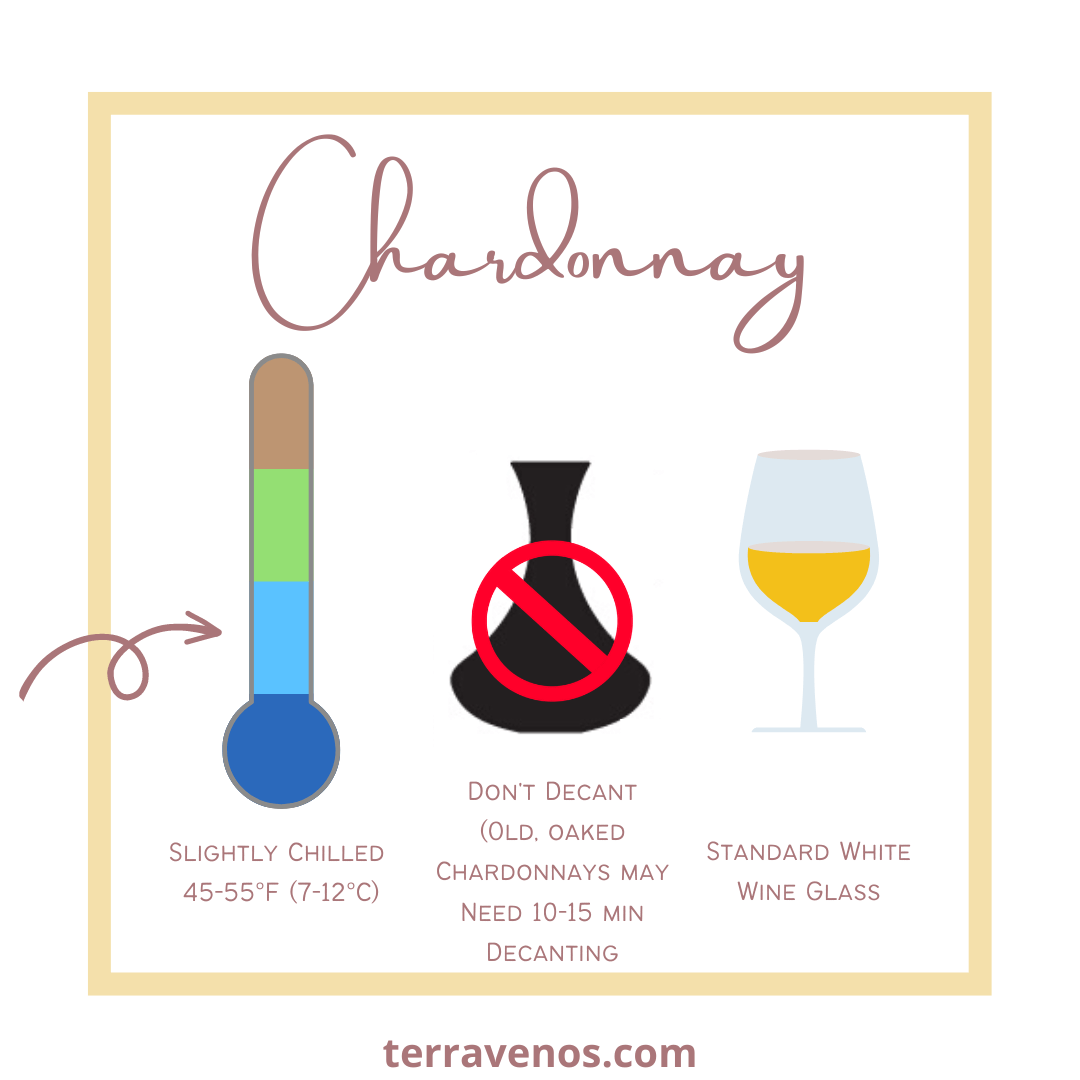
Temperature
Serve Chardonnay slightly chilled, between 45-55°F (7-12°C) for cool climate Chardonnay and 50-60°F (10-15°C) for warm climate Chardonnay. Cooling the wine enhances its refreshing qualities and preserves the delicate aromas without overwhelming the flavors.
Glassware
Opt for a standard white wine glass with a slightly narrow opening and a tapered bowl. This shape concentrates the aromas and directs them towards your nose, allowing you to fully appreciate the wine’s bouquet.
Decanting
Decanting is generally not necessary for Chardonnay. However, some oak-aged Chardonnays can benefit from a few minutes of aeration to soften any pronounced oak characteristics. If you find the wine too oaky or closed upon opening, decanting for 10-15 minutes can help reveal its full potential.
Chardonnay Food Pairing Suggestions
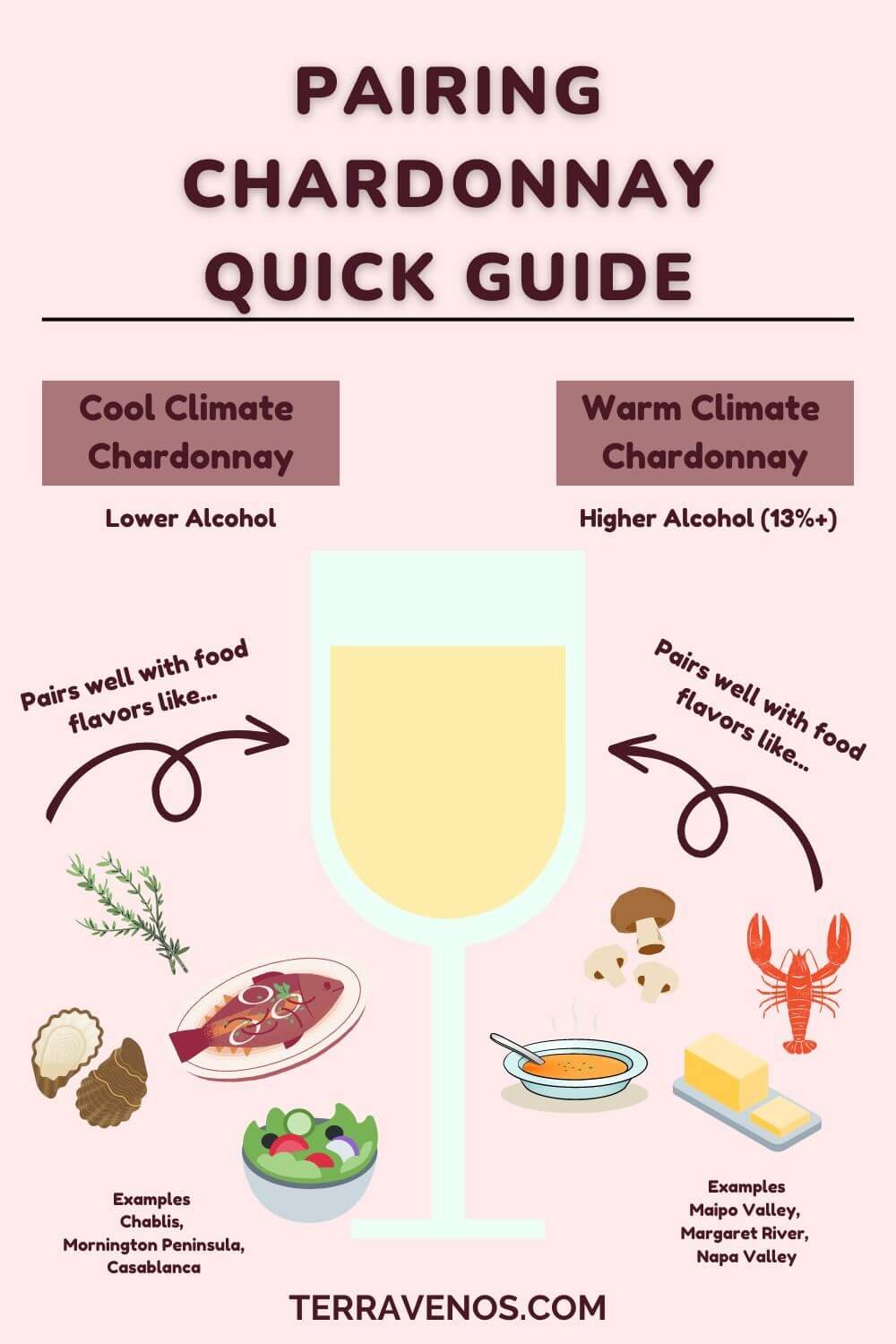
Chardonnay’s versatility makes it an excellent choice for food pairings. Its acidity and body allow it to complement a wide range of dishes. Here are some suggestions:
- Cool Climate Chardonnay: Pair with fresh seafood, grilled chicken or turkey, salads, creamy pasta dishes, and goat cheese.
- Warm Climate Chardonnay: Match with roasted poultry, buttery lobster, creamy risotto, grilled vegetables, and medium-aged cheeses like Gruyère or Comté.
Tip: If you think you’re tasting butter in your Chardonnay, you’re right! Here’s why your Chardonnay tastes like butter (spoiler alert: it’s all chemistry).
Chardonnay vs. Other Varietals
| Chardonnay | Sauvignon Blanc | Pinot Grigio | |
|---|---|---|---|
| Acidity | Moderate to high acidity | High acidity | Moderate acidity |
| Tannins | Low tannins | Low tannins | Low tannins |
| Fruit Profile | Apple, citrus, tropical fruits | Citrus, green fruits, grass | Citrus, pear, green apple |
| Structure | Medium-bodied, smooth texture | Light-bodied, crisp and refreshing | Light-bodied, crisp and refreshing |
| Aging Potential | Best consumed young | Best consumed young | Best consumed young |
| Food Pairing | Roasted chicken, seafood, creamy dishes | Salads, seafood, goat cheese | Seafood, salads, light pasta dishes |
| Notable Regions | Burgundy, California, Australia | Loire Valley, New Zealand | Italy, Germany, California |
| Famous Wines | Chablis, White Burgundy, California Chardonnay | Sancerre, Marlborough Sauvignon Blanc | Pinot Grigio delle Venezie, Friuli Pinot Grigio |
| Alcohol Range | 13% – 14.5% ABV | 12% – 14% ABV | 12% – 13.5% ABV |
| Availability | Widely available | Widely available | Widely available |
| Price Point | Affordable to high-end | Affordable to moderate | Affordable to moderate |
Chardonnay offers a distinct profile that sets it apart from other white varietals.
Compared to Sauvignon Blanc and Pinot Grigio, Chardonnay has a fuller body, richer texture, and more complex flavors. It also differs from aromatic whites like Riesling or Gewürztraminer, as it tends to be less sweet and more focused on fruit and oak influences.
Chardonnay’s versatility and ability to showcase terroir along with winemaking craft make it a beloved choice among white wine enthusiasts.
Discover More:
Chardonnay vs. Pinot Grigio
Chardonnay vs. Sauvignon Blanc
Chenin Blanc vs Chardonnay
Chardonnay vs Cabernet Sauvignon
Merlot vs Chardonnay
Sustainable Practices in Chardonnay Vineyards
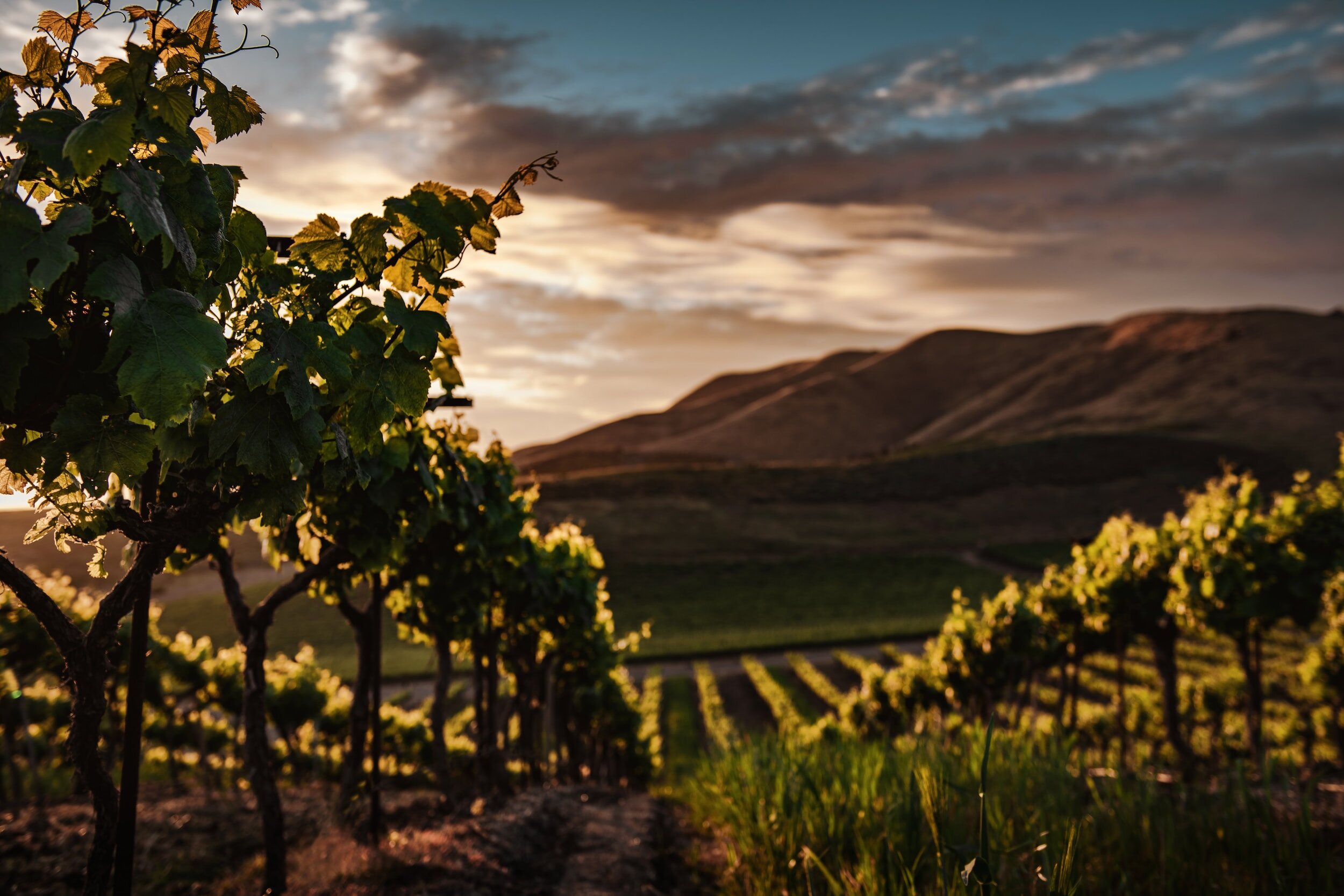
In Chardonnay vineyards worldwide, sustainable practices are gaining importance. One crucial aspect of sustainable viticulture is clonal selection, which involves carefully choosing specific variants of Chardonnay grapevines.
Different Chardonnay clones, such as the Dijon clones (76, 95, and 96), offer unique characteristics that can contribute to the resilience of vineyards in the face of climate change.
These clones exhibit variations in traits like berry size, ripening time, and resistance to diseases, allowing growers to adapt to changing environmental conditions.
Fun Wine Fact: In France, Chardonnay is the second most widely planted white wine grape, just behind Ugni Blanc (aka, Trebbiano).
Notable Chardonnay Producers and Bottles to Try
When exploring Chardonnay, it’s worth seeking out producers known for their dedication to crafting exceptional expressions of this varietal. Some notable wineries include:
- Domaine Leflaive (Burgundy, France)
- Kistler Vineyards (California, USA)
- Leeuwin Estate (Margaret River, Australia)
- Louis Jadot (Burgundy, France)
- Beringer Vineyards (California, USA)
- Rombauer Winery (California, USA)
These wineries offer a range of Chardonnay styles, showcasing the diversity of this grape and the influence of different regions and winemaking techniques.
Here’s a delightful overview of Leeuwin in Western Australia (a personal favorite):

Emerging Trends and Innovations
The world of Chardonnay is constantly evolving, with winemakers pushing boundaries to explore new possibilities.
For instance, some winemakers are embracing natural winemaking methods, using minimal intervention and avoiding additives.
Concrete egg fermentation vessels have also gained traction, offering a different approach to fermentation and aging, resulting in unique flavors and textures.
Additionally, wild yeast fermentations are being employed to add complexity and distinct character to Chardonnay wines.
Winemakers are also focusing on single-vineyard bottlings, highlighting the specific terroir and microclimate of a vineyard, while alternative aging vessels like amphorae are being utilized to impart additional nuances to the wine.
Fun Fact: Chardonnay is a grape long used for the production of orange or amber wines. If you’ve never heard of orange wines, go check out this post for a quick overview of orange wines. (And if you get the chance to taste an orange Chardonnay, go for it!)
Final Thoughts – Chardonnay as a Must-Try White Wine Varietal

Chardonnay offers a captivating range of flavors and styles, from crisp and mineral-driven to rich and buttery. Its versatility allows it to shine in both cool and warm climate regions, each offering a distinct expression. Whether you prefer a vibrant and zesty Chardonnay or a full-bodied, oak-aged rendition, there is a Chardonnay to suit every palate. With its food-friendly nature and ability to age gracefully, Chardonnay is a wine that worth exploring.
Here are three key takeaways to remember:
- Flavor Profile: Chardonnay exhibits flavors of apple, lemon, tropical fruits, and oak influences. It can range from crisp and mineral-driven to rich and creamy, depending on the region and winemaking techniques.
- Food Pairing: Chardonnay pairs well with a variety of dishes, including seafood, poultry, creamy pasta, grilled vegetables, and medium-aged cheeses. (Here are my personal top 5 everyday Chardonnay food pairing ideas for real people with busy schedules).
- Regional Diversity: Chardonnay showcases its diverse expressions across cool and warm climate regions. You’ll want to taste wines from different regions and producers to familiarize yourself with different expressions of Chardonnay.
Next time you’re looking for a white wine, make sure to give Chardonnay a try – in fact, give it multiple tries, because each wine will be unique.
Thirsty for More?
Finding and buying great wines can be a little challenging at first. Go explore this post: How to Read a Wine Label.
If you’re just getting started with wine, the best way to get into wine is to taste more wines. It helps if you’re tasting with others. Here’s how to host your own DIY wine tasting for beginners.
And as you’re trying new wines, here’s a 6-step quick guide on how you can taste unfamiliar wines.
Go check out this post on how to find affordable wines for beginners with tips to save you money (I put this together just for you if you’re getting started.)



